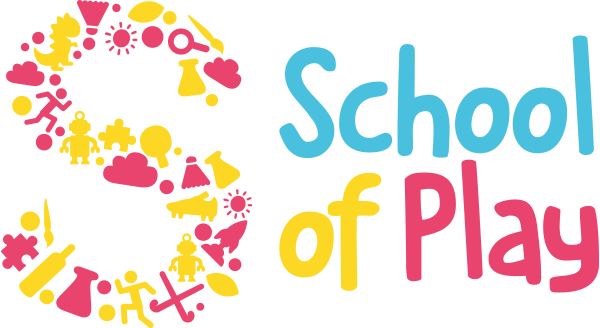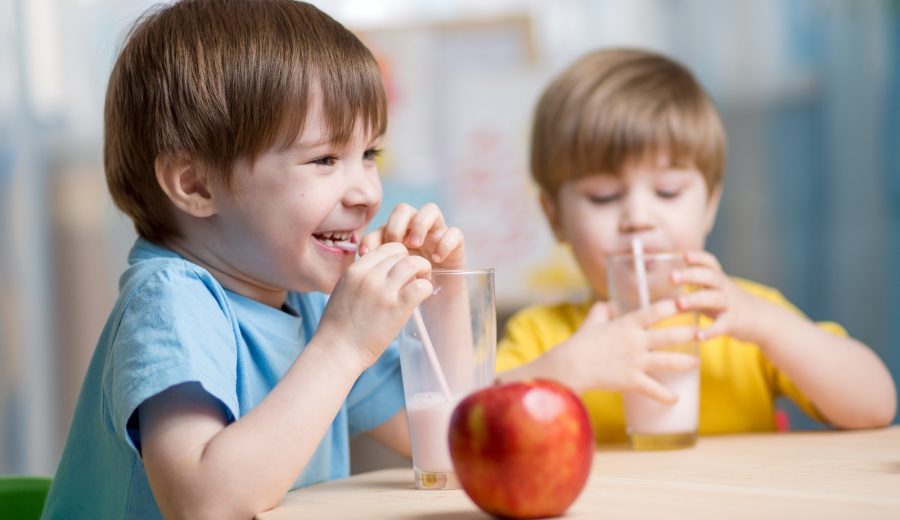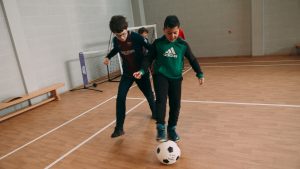YOU ARE WHAT YOU EAT. We are all familiar with this saying, however, do we ever actually stop to think about the point it is getting across and its true meaning?
We are currently experiencing an obesity crisis, so now more than ever it is important to educate our children on the importance of food, what it does for our bodies and why we need it. Yes, we can tell them to grab a banana instead of a biscuit, but if we just tell them ‘it’s better for you’ and don’t explain the nutritional benefits, it’s likely that when left to their own devices they will opt for the biscuits!
We need to make it our mission to educate our children that fruit and vegetables fuel our bodies with the vitamins and minerals we need to help our bodies run healthily. Maybe try simplifying this by using metaphoric examples such as “our body is like a car” – in order for it to drive, it has to be filled with the right fuel, the oil levels have to be full and the battery and engine have to be running smoothly. If the car doesn’t have all of these components it won’t drive. Our bodies are much the same; if we don’t stock it up with the correct amounts of carbohydrate, protein, dairy, fats, and sugars, it won’t work properly and to its full capability. Children often respond to creative learning and by explaining it in this way, it will make it seem more fun and hopefully, they will remember the facts better.
Another way is by showing them that when we eat great we feel great. Ask your child to think about how different foods make them feel for the rest of the day after eating them. For example, they might have a chocolate bar and feel full of energy for the next half an hour, but will quickly feel a drop in energy levels after and most probably be peckish again, leaving them to graze on more convenience food. In contrast to this, ask them how they feel after they have had a couple of slices of toast or a bowl of pasta. They might not feel that sudden burst of energy, but they will feel satisfied for much longer and won’t feel an energy crash, as these are both examples of slow-releasing carbohydrates that release energy into our bodies in smaller amounts over a longer period of time. We can explain that overall our bodies appreciate these kinds of foods much more and run better off them.
Of course, it is important for our children to know that convenience foods such as crisps, biscuits, and chocolate are all fine for our bodies in moderation, but moderation is the key word! Explain to them that if they ate biscuits for breakfast, lunch, and dinner, they wouldn’t feel great because their bodies wouldn’t be gaining any nutrients. I like to think of these as our ‘treat foods’ – so make sure they know that they can have these foods, but aren’t to feed their bodies with them too much.
This may seem like the basics for me and you, but for children this can be quite complicated and it’s important that we don’t overload them with too many scientific explanations, instead breaking down the facts into a fun and simple way of learning.
At our breakfast & after school club, we place a lot of emphasis on the importance of nutritious foods and provide a menu with many healthy options to choose from, which you can view here – https://www.schoolofplay.org.uk/out-of-school-clubs/




